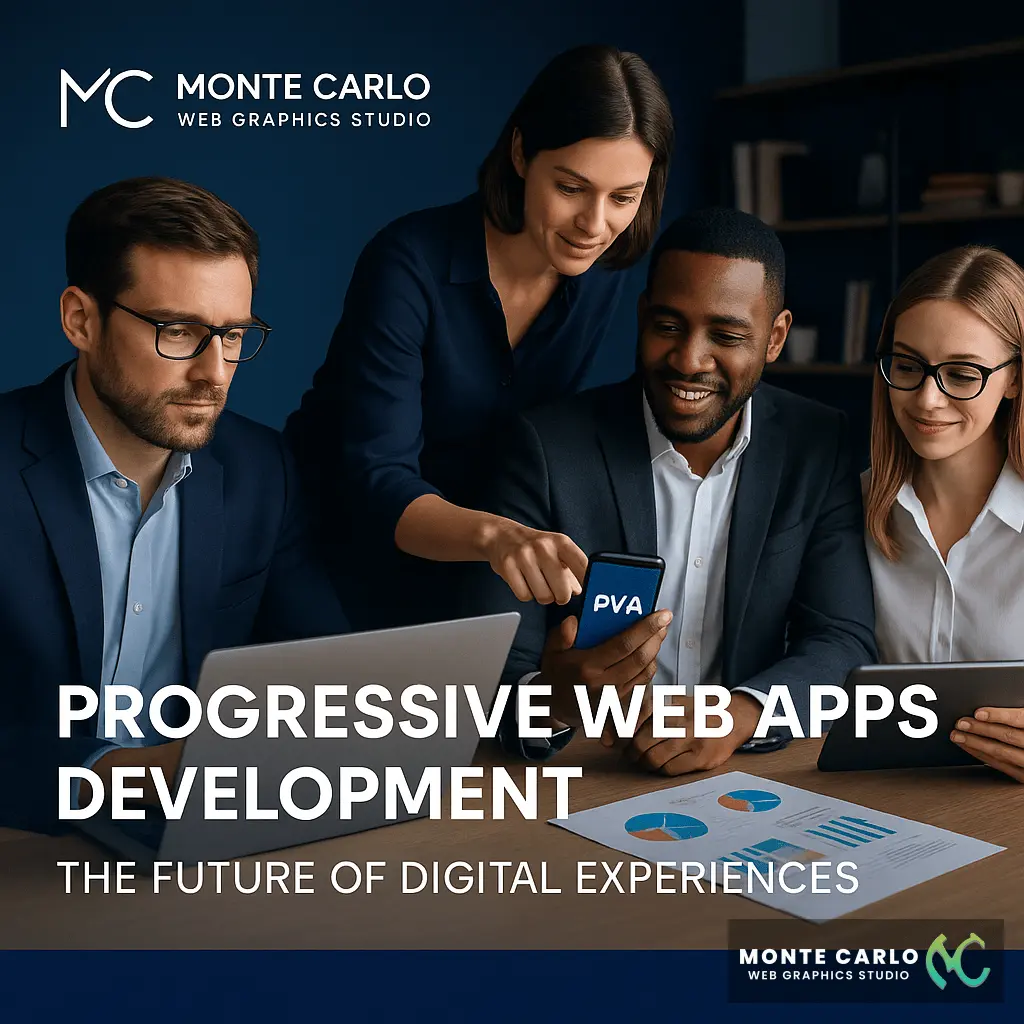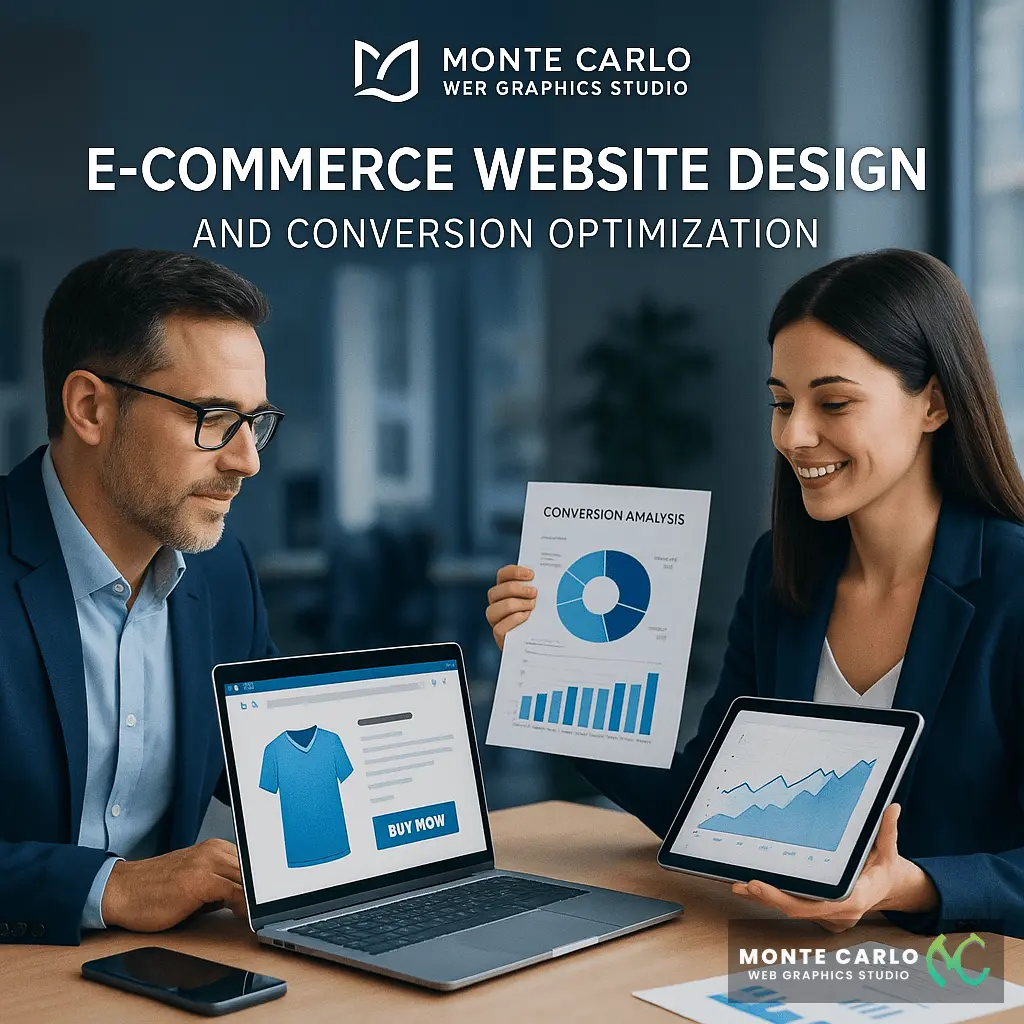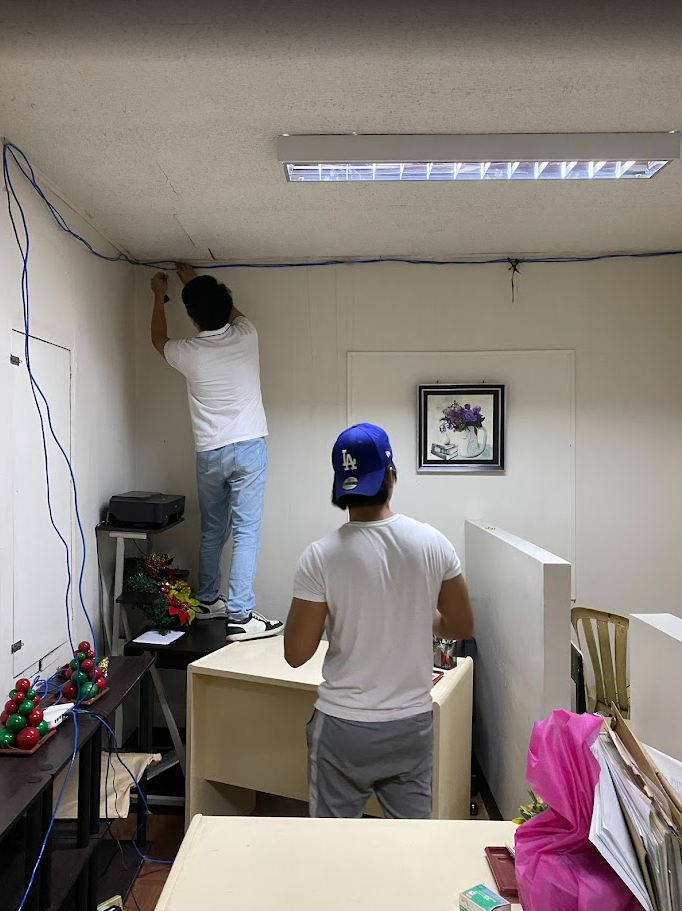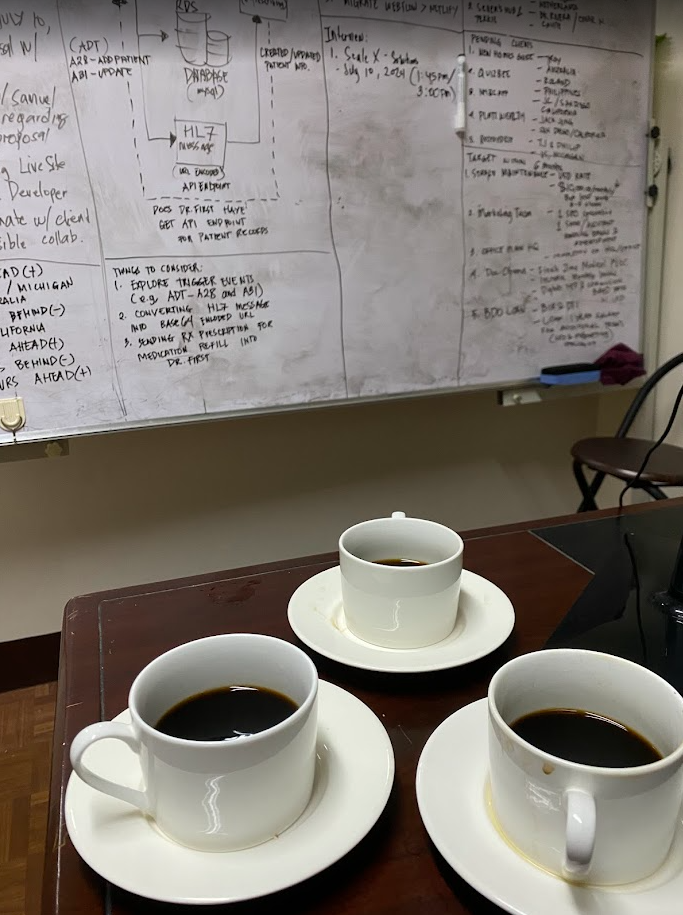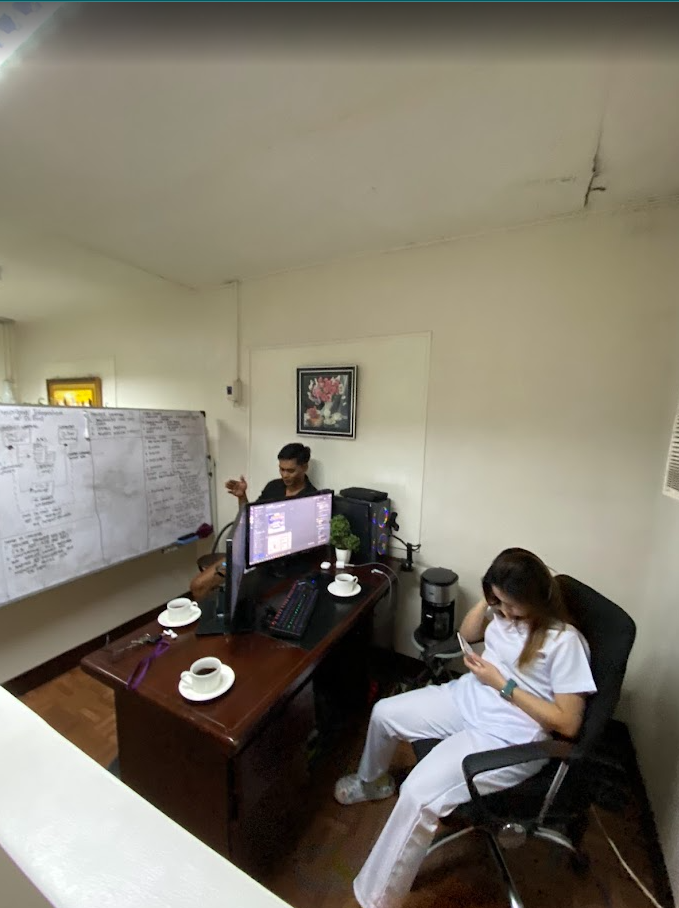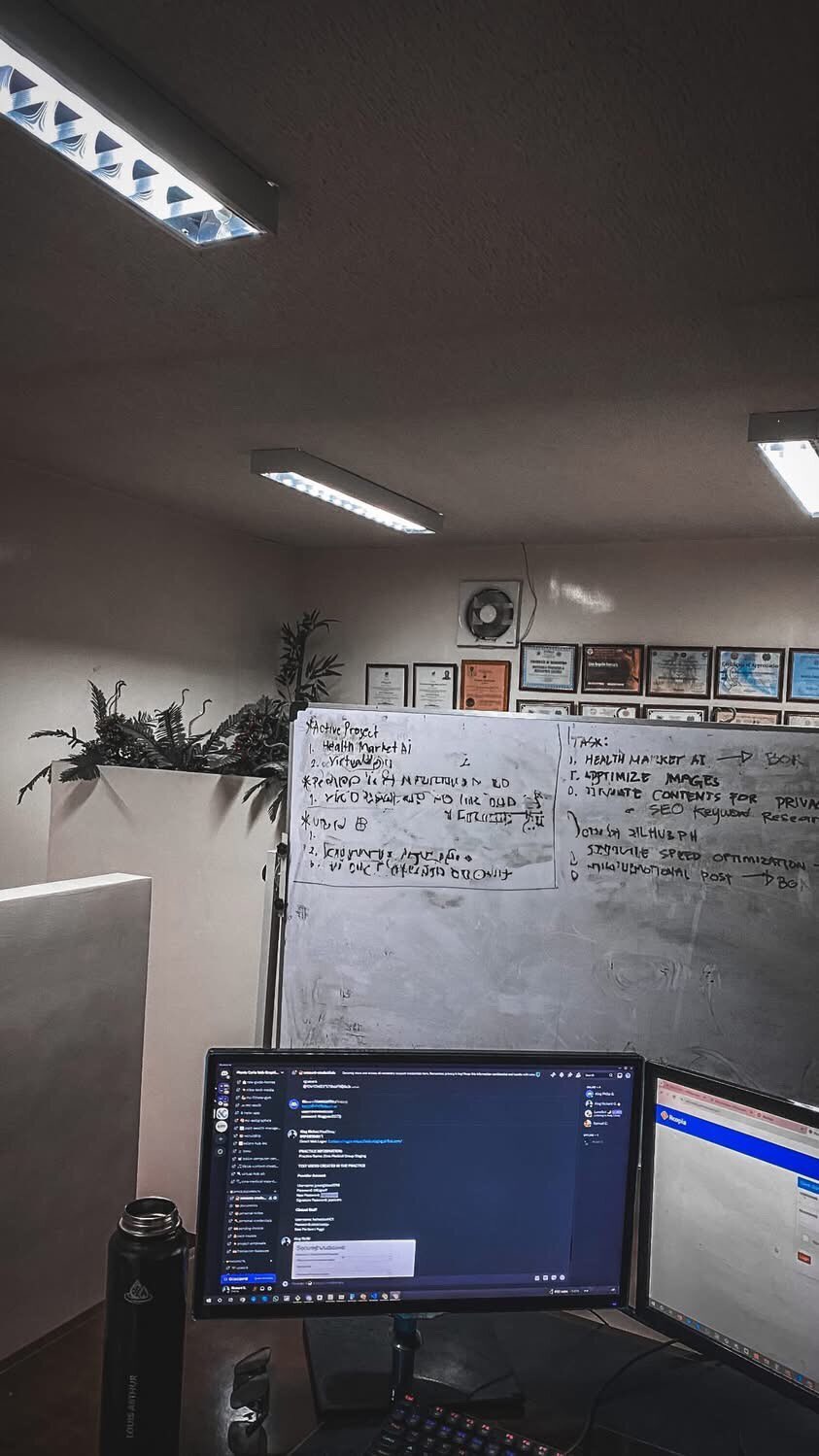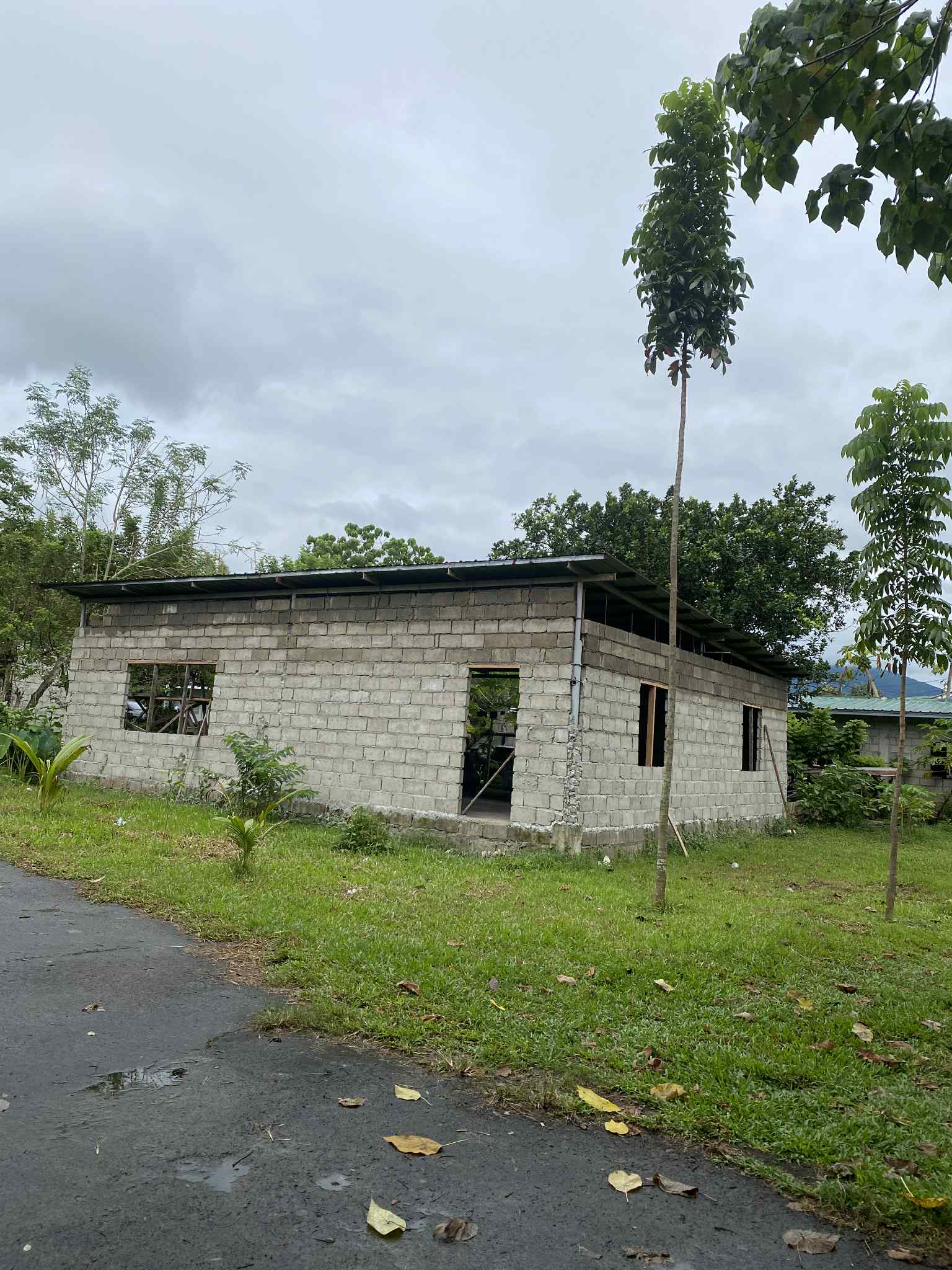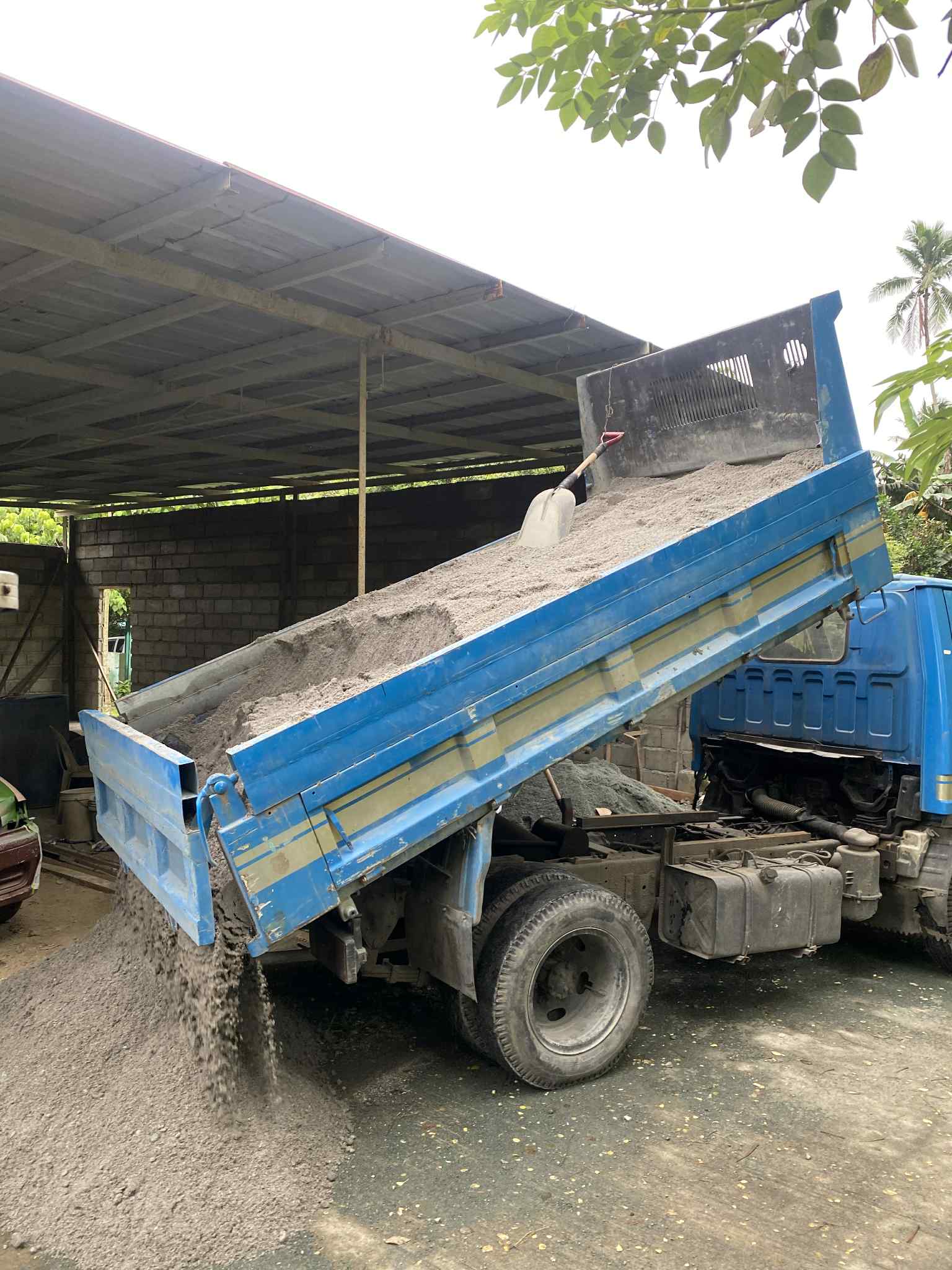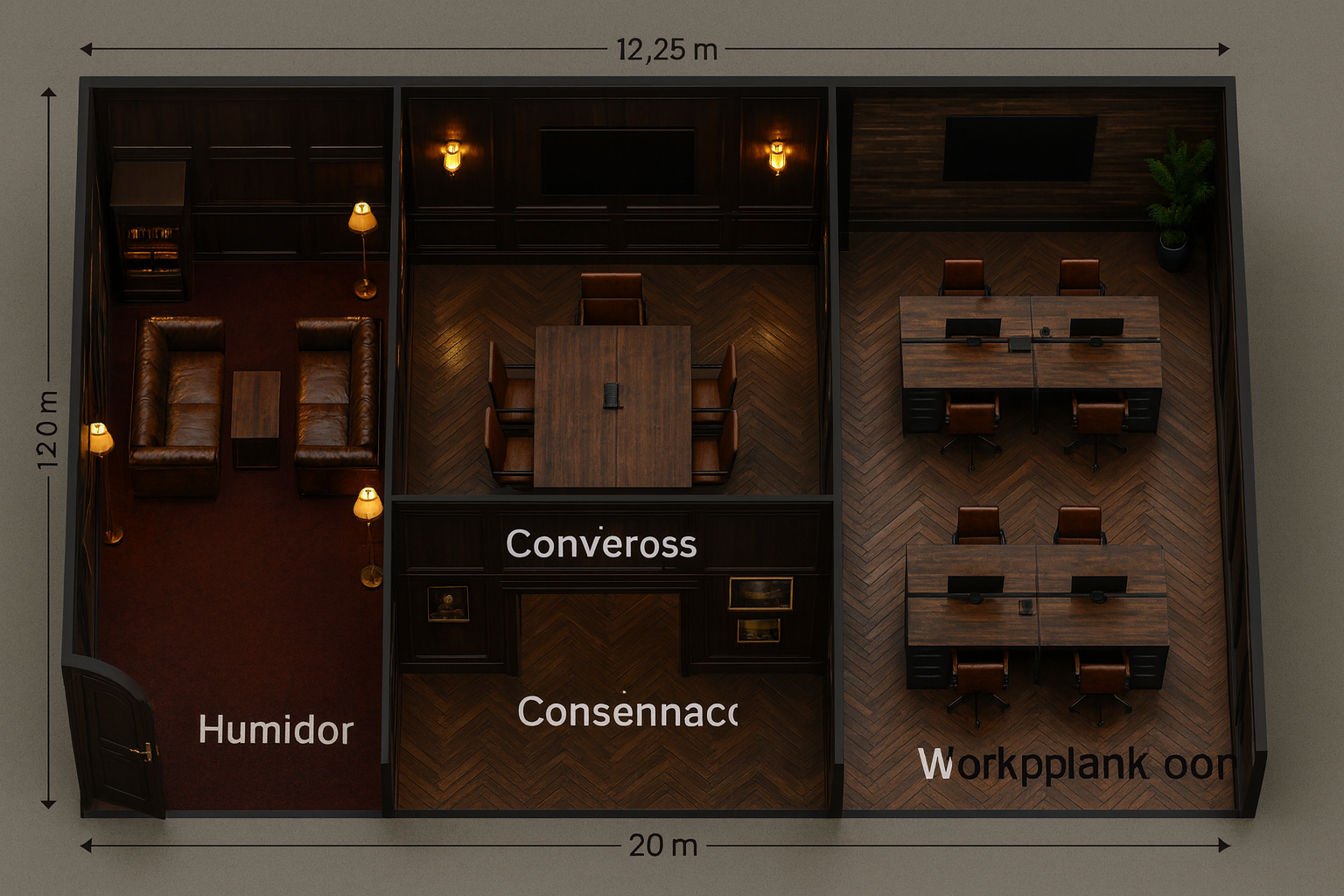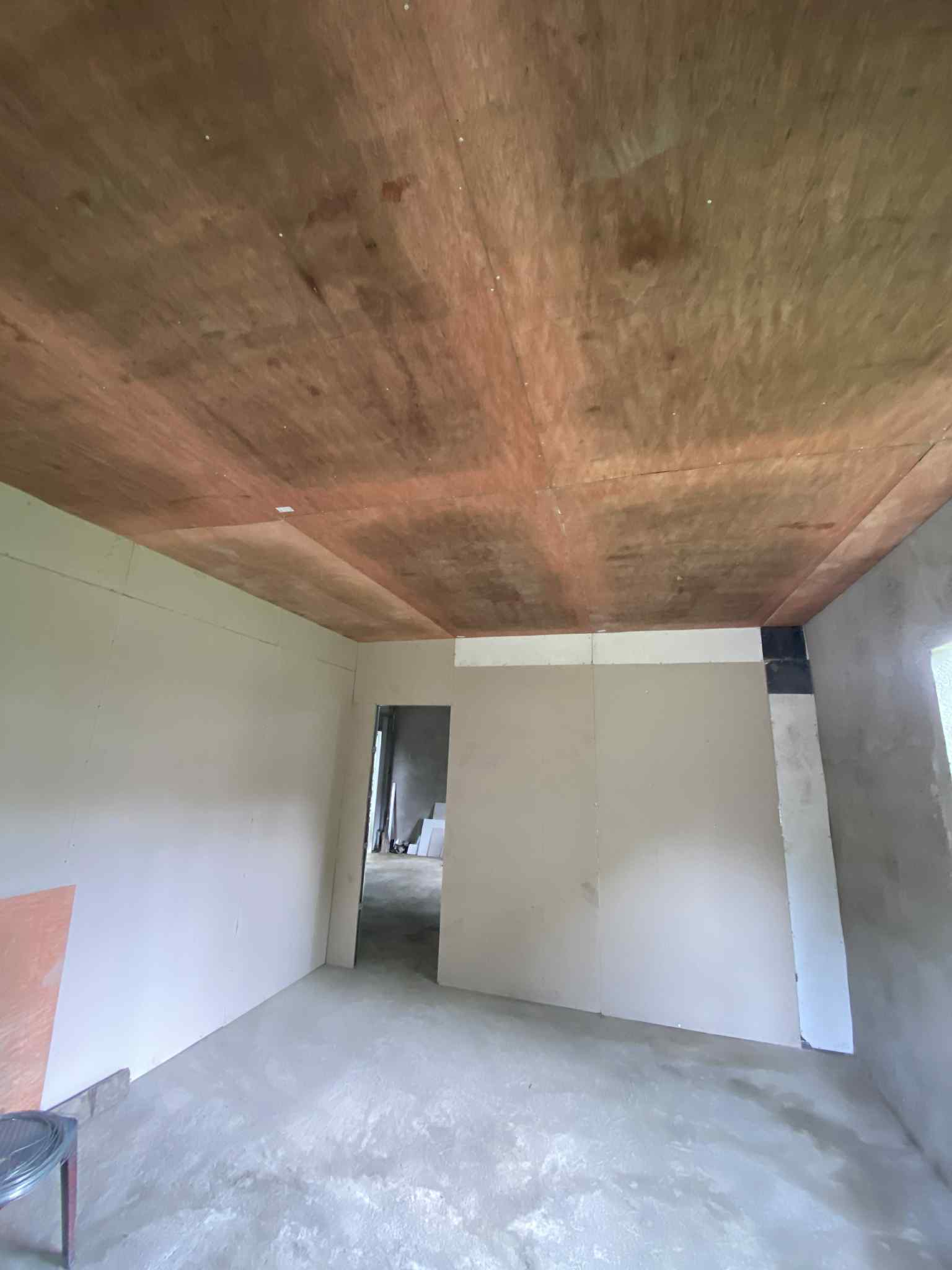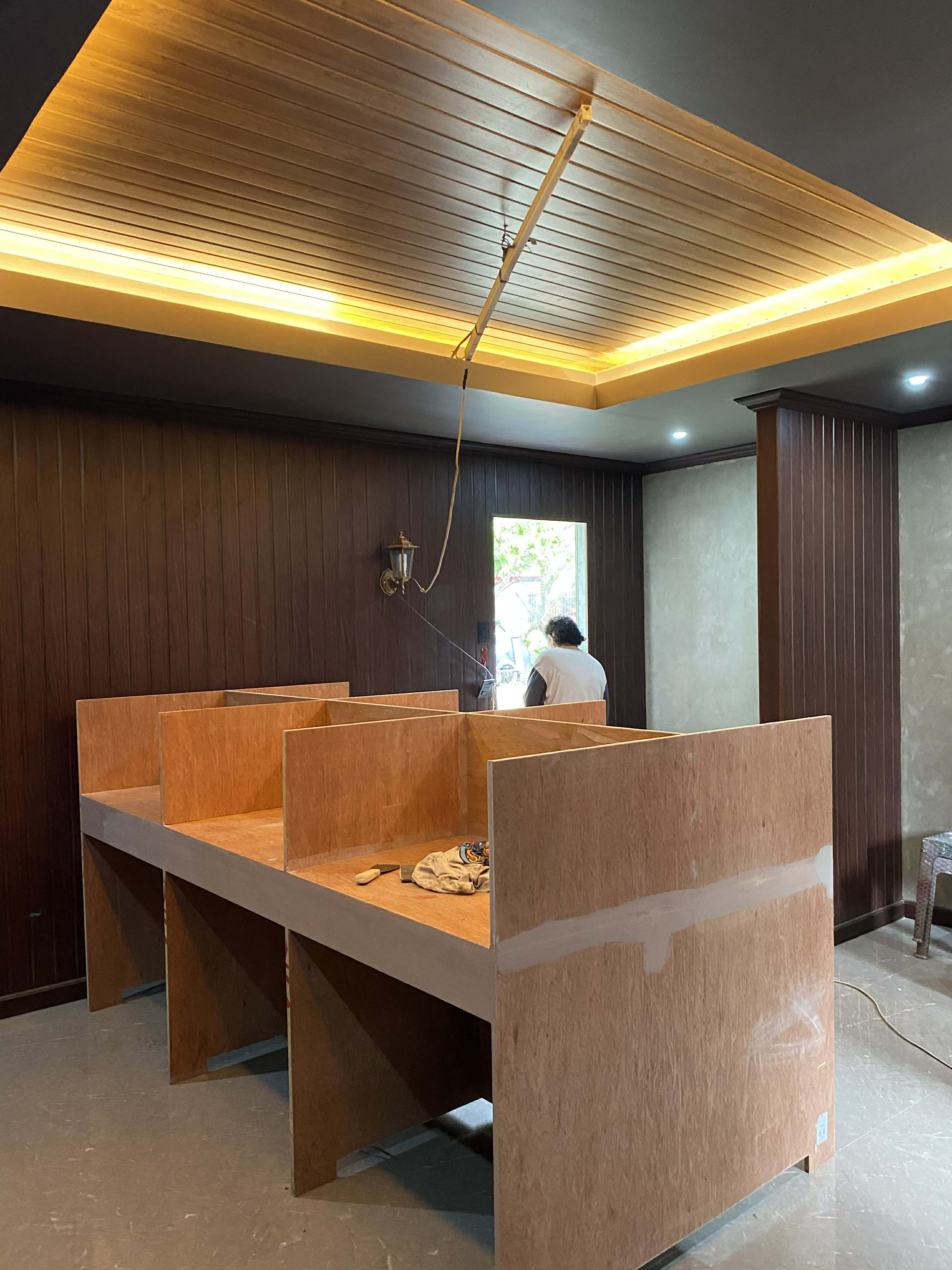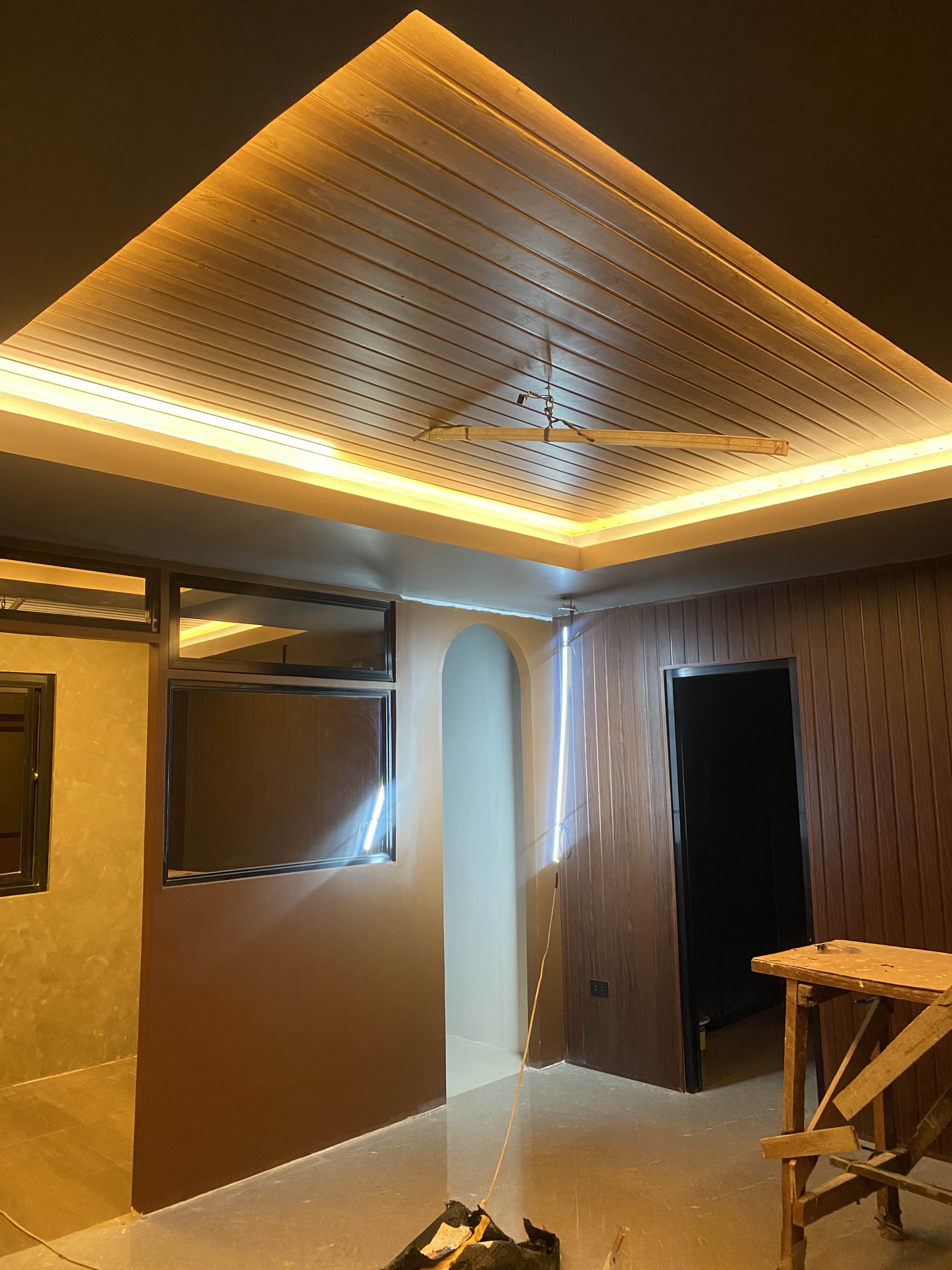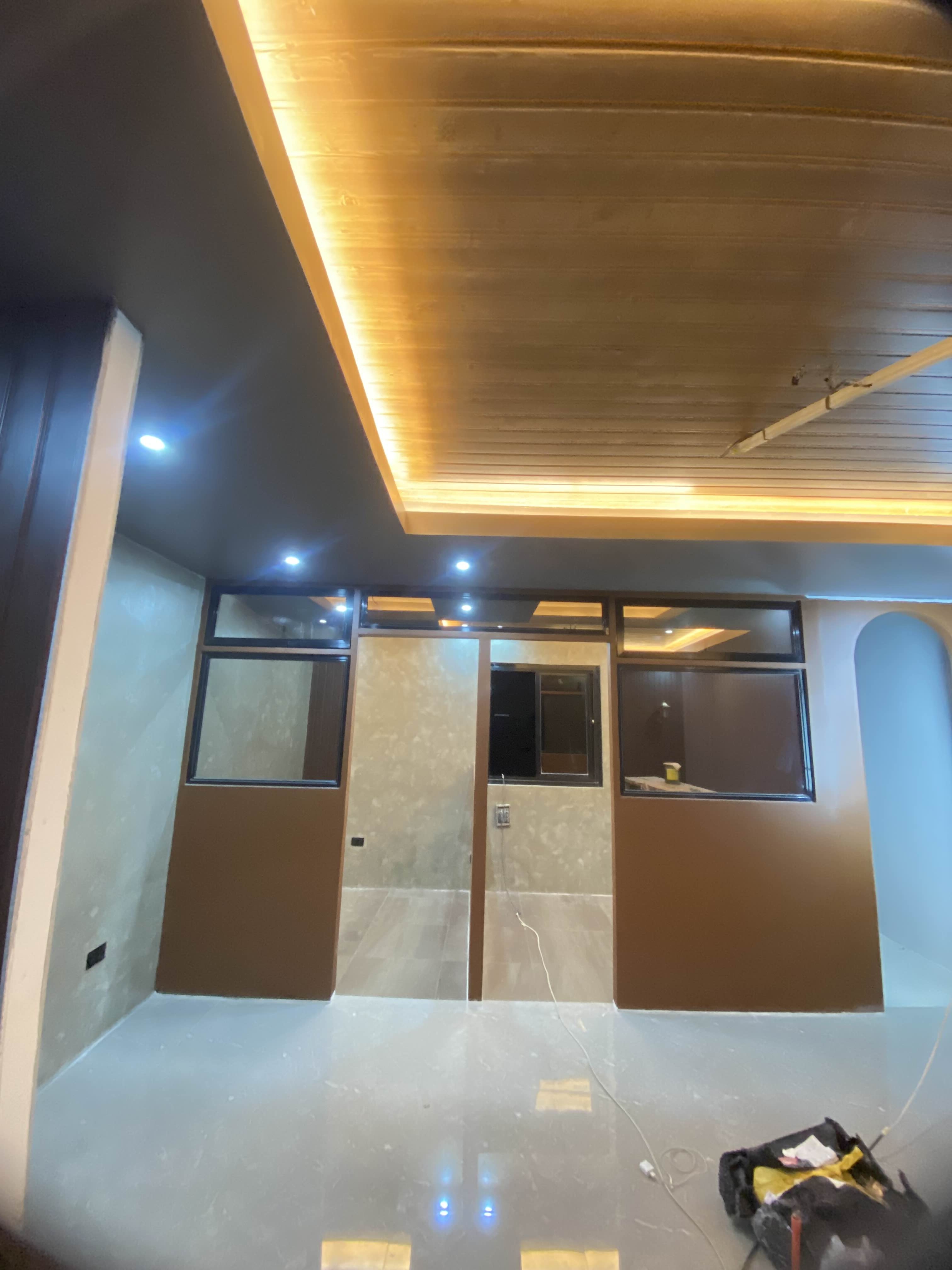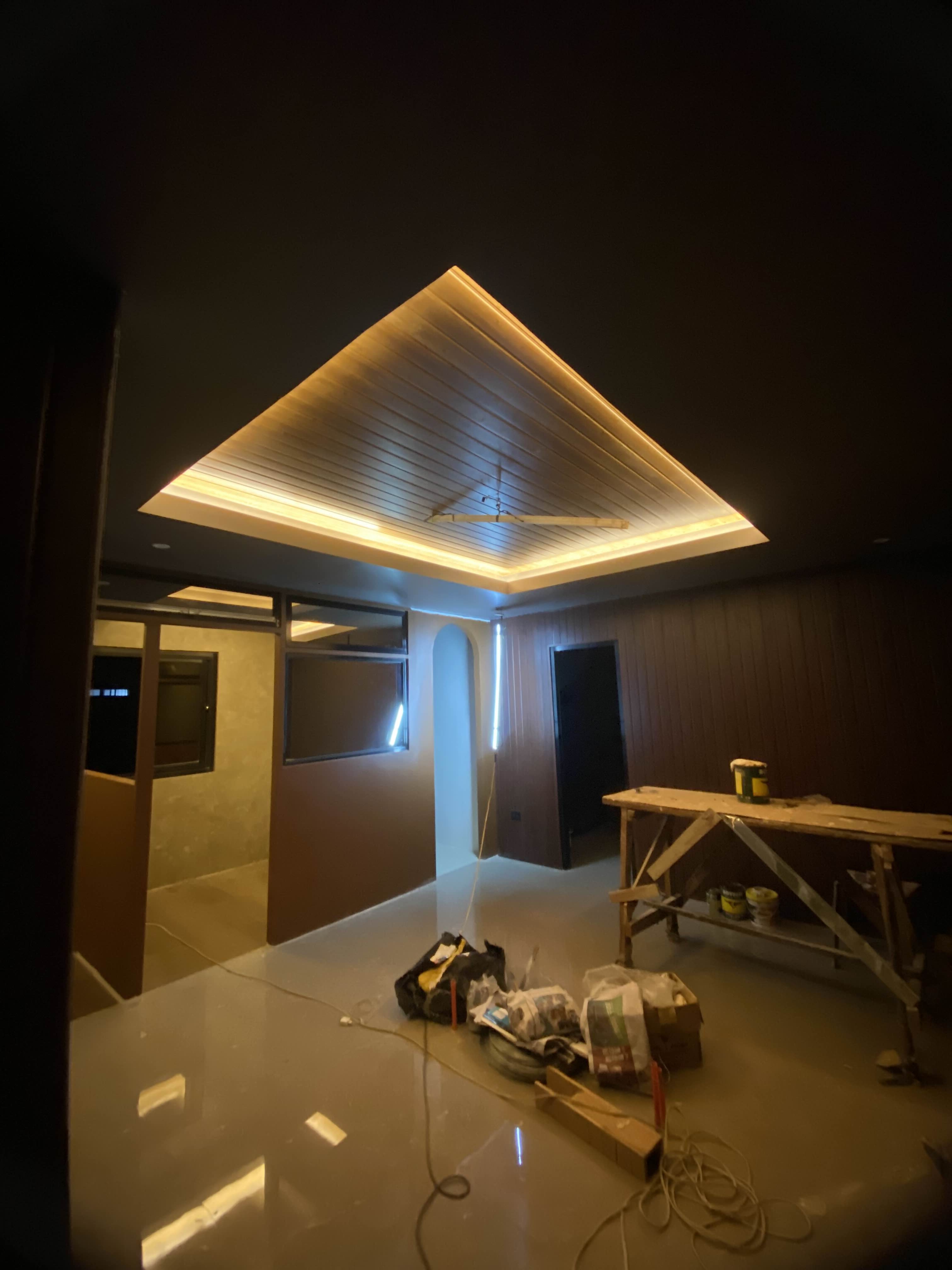Introduction
In the fast-paced world of digital commerce, having an attractive and functional e-commerce website is essential for any business looking to succeed online. Consumers seek seamless experiences, quick loading times, and easy navigation when shopping online. This makes the e-commerce website design and conversion optimization a top priority for businesses across the globe. At Monte Carlo Web Graphics, we understand the necessity of innovative web design strategies tailored to meet current market demands.
Current Trends in E-commerce Website Design
Remaining competitive in e-commerce involves staying abreast with the latest design trends. This section covers the most popular trends businesses incorporate today.
1. Minimalistic Design
Simplicity in design doesn't just enhance aesthetics; it improves navigation, making it easier for customers to find what they're looking for. The rise of minimalistic design focuses on using more white space, simple lines, and limited elements to emphasize products.
2. Mobile First and Responsive Design
Mobile commerce continues to grow, making responsive and mobile-first design crucial. An e-commerce site that seamlessly adapts across both desktop and mobile ensures an optimal user experience.
3. Advanced Image and Video Usage
High-quality images and interactive videos enhance visual appeal and can significantly boost conversion rates, giving customers an in-depth view of products.
Practical Implementation Strategies
1. Quality Product Descriptions
Accurate and enticing product descriptions are key to turning visitors into customers. Highlight features, benefits, and use cases clearly.
2. Simplified Checkout Process
A complicated checkout process can lead to cart abandonment. Streamlining steps and offering guest checkout options enhance user experience.
3. Using Trust Indicators
Including customer reviews, ratings, and security badges increases trust with potential customers, positively affecting purchasing decisions.
Technology Solutions and Tools
Choosing the right technology stack is fundamental for robust e-commerce website design:
- Content Management Systems (CMS): Platforms like Shopify, WooCommerce, and Magento offer extensive support for building e-commerce sites.
- Payment Gateways: Integrate reliable solutions such as PayPal, Stripe, and Square for secure transactions.
- Analytics Tools: Google Analytics and Hotjar provide insights into customer behavior, helping in continuous optimization.
Overcoming Common Challenges
1. Ensuring Security
Given the rising number of cybersecurity threats, implementing SSL certificates, data encryption, and adhering to GDPR regulations is essential for safeguarding customer data.
2. Managing Inventory Efficiently
Real-time inventory management systems prevent overselling and ensure the availability of products, enhancing customer satisfaction.
3. Optimizing Site Speed
Slow websites lead to high bounce rates. Optimizing images, leveraging CDN, and improving server response times are key tactics for boosting site speed.
ROI and Business Impact
Investing in professional e-commerce web design offers a substantial ROI by increasing customer engagement, conversion rates, and overall profitability. A well-designed site led by Monte Carlo Web Graphics can distinguish a brand from its competitors and foster long-term customer relationships.
Future Outlook and Emerging Trends
The e-commerce landscape is constantly evolving, with trends like AI-driven personalization, voice search optimization, and immersive technologies (AR/VR) shaping future designs.
Ensuring that your site is not only equipped with these features but also user-centric can ensure long-term success in the competitive world of e-commerce.
FAQs
What are the most common e-commerce web design mistakes?
Common mistakes include a lack of mobile optimization, complicated navigation, poor-quality images, and a lengthy checkout process.
How do I choose the right platform for my e-commerce website?
Your choice depends on industry requirements, budget, scalability needs, and desired features. Platforms like Shopify and WooCommerce cater to varied needs.
How often should I update my e-commerce website design?
Regular updates depend on industry trends, technological advances, and customer feedback. Ideally, review and refresh your site annually.
What tools can help improve conversion rates?
Utilizing analytics tools like Google Analytics alongside A/B testing tools can provide insights leading to improved conversion rates.
How important is customer feedback for e-commerce websites?
Customer feedback is crucial for iterative improvements and ensuring your site meets user expectations and needs.
Conclusion
The success of an e-commerce platform hinges on a balanced mix of design aesthetics, technological integration, and a data-driven optimization strategy. Monte Carlo Web Graphics prides itself on offering these solutions, elevating your brand in the digital marketplace. Start your digital transformation today with Monte Carlo Web Graphics


